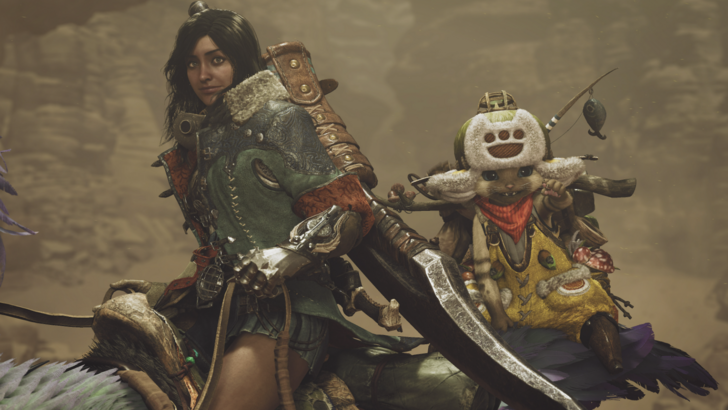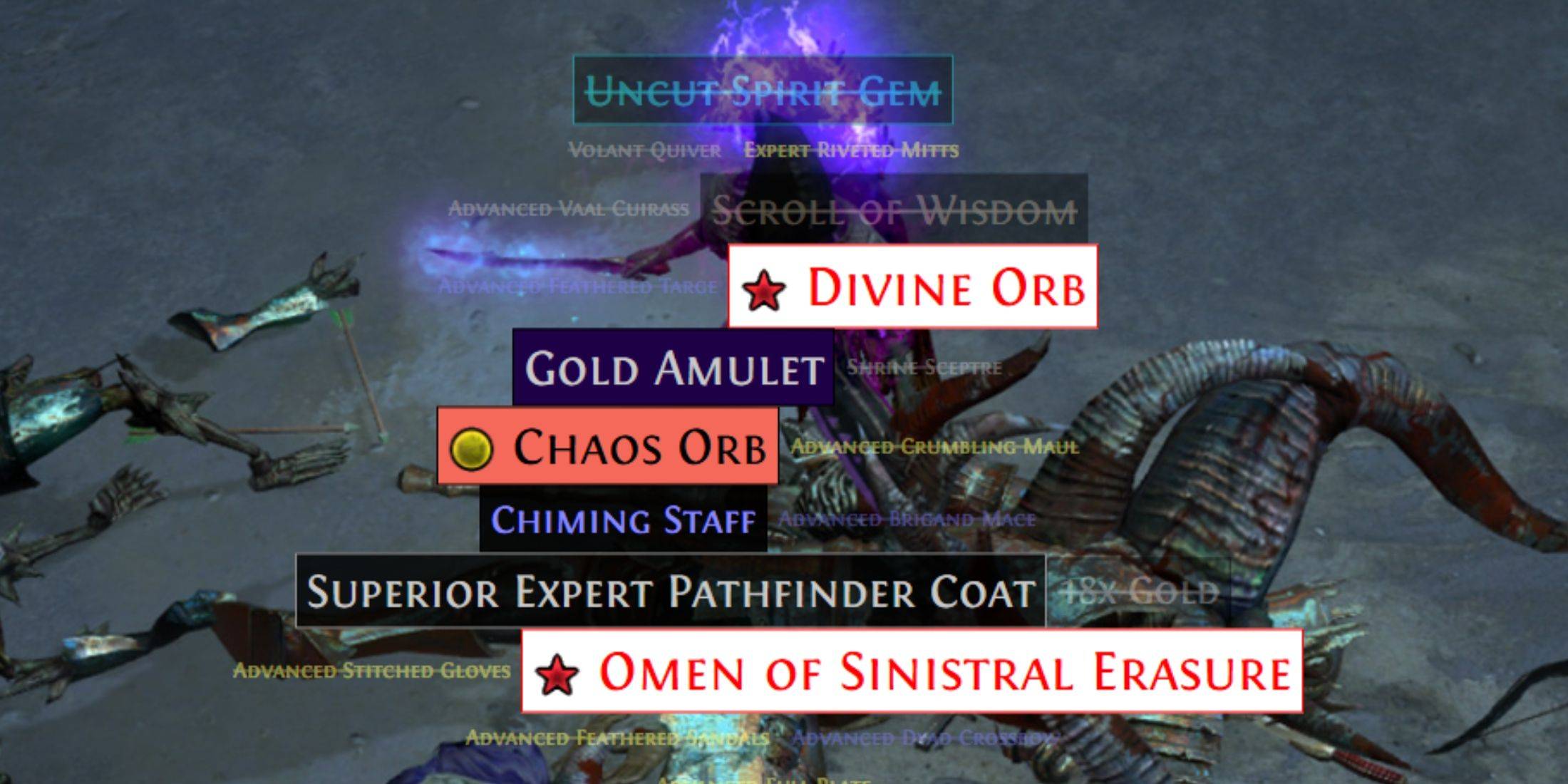The Latvian animated film Flow by Gints Zilbalodis has emerged as a standout cinematic achievement in 2024, garnering over 20 international awards, including a Golden Globe and an unprecedented Oscar for Best Animated Feature—the first for a Latvian production. Set in a hauntingly beautiful post-apocalyptic world devoid of humans, Flow follows the journey of a resourceful cat and other animal survivors as they navigate a looming global flood.
Table of Content ---
- Here's what makes Flow so extraordinary
- The open-ended conclusion leaves viewers pondering multiple possibilities
- Recording authentic animal sounds presented unique challenges
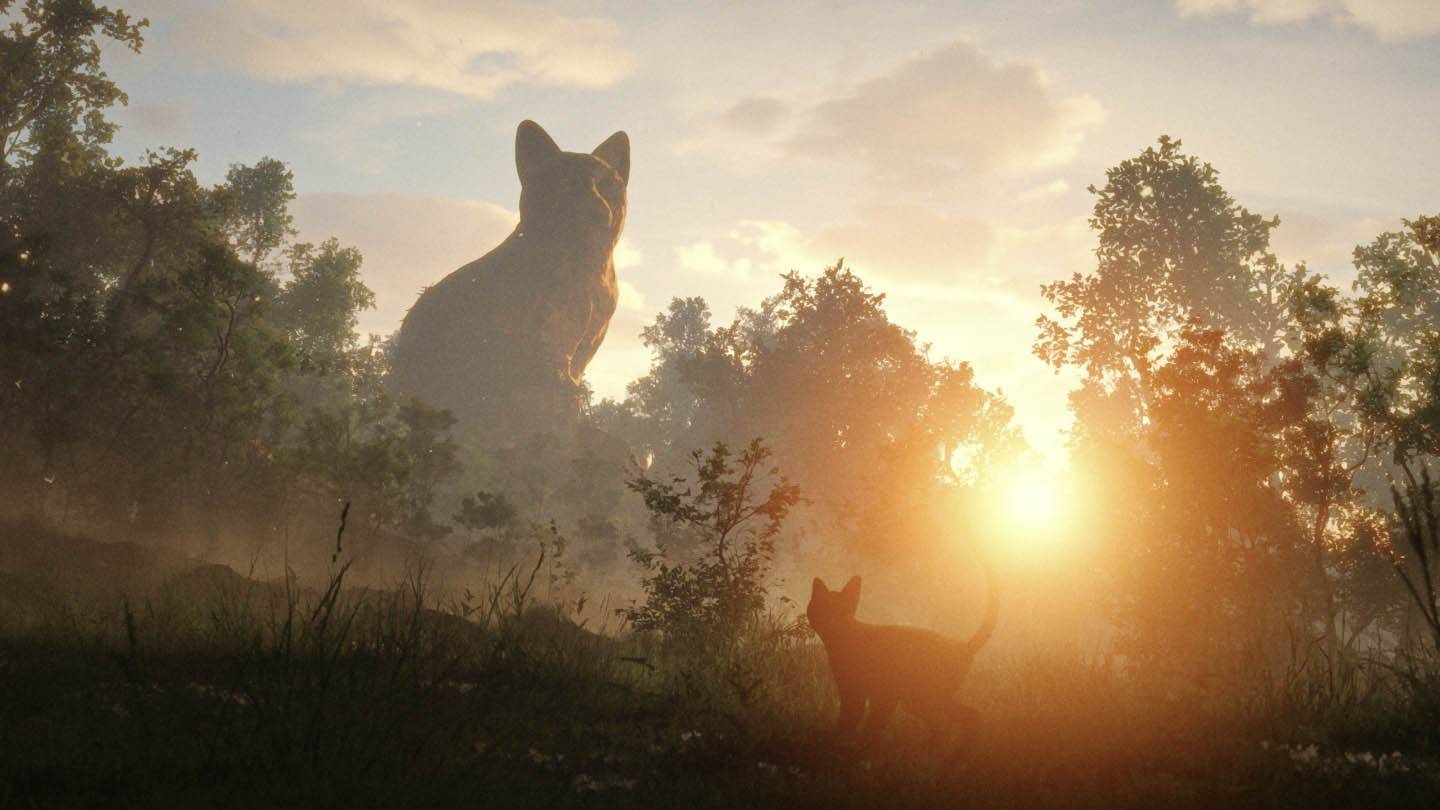
Image: ensigame.com
The Animals Mirror Human Behavior
At its heart, Flow employs animals to delve into complex human characteristics and social dynamics. The cat embodies adaptability and resourcefulness, always alert and ready to adjust to changing circumstances. The capybara represents balance and calmness, yet also serves as a caution against complacency. The secretary bird symbolizes strong leadership and the capacity to make tough decisions, even when they're unpopular. The labradors exhibit youthful energy and the need for social connection, while the lemur critiques modern consumerism and materialism. These characters weave a rich tapestry of personalities, offering lessons for children and reflections for adults. Director Gints Zilbalodis parallels his own team-building experience with the cat's journey of learning trust and collaboration.
The Story Sparks Childlike Imagination
Released amidst global recovery from a pandemic and political unrest, Flow resonates deeply with themes of survival, cooperation, and environmental challenges. Without dialogue or human characters, the film invites viewers to interpret its many layers. Early scenes hinting at past floods and possible evacuations leave the fate of humanity ambiguous, sparking curiosity and theories.
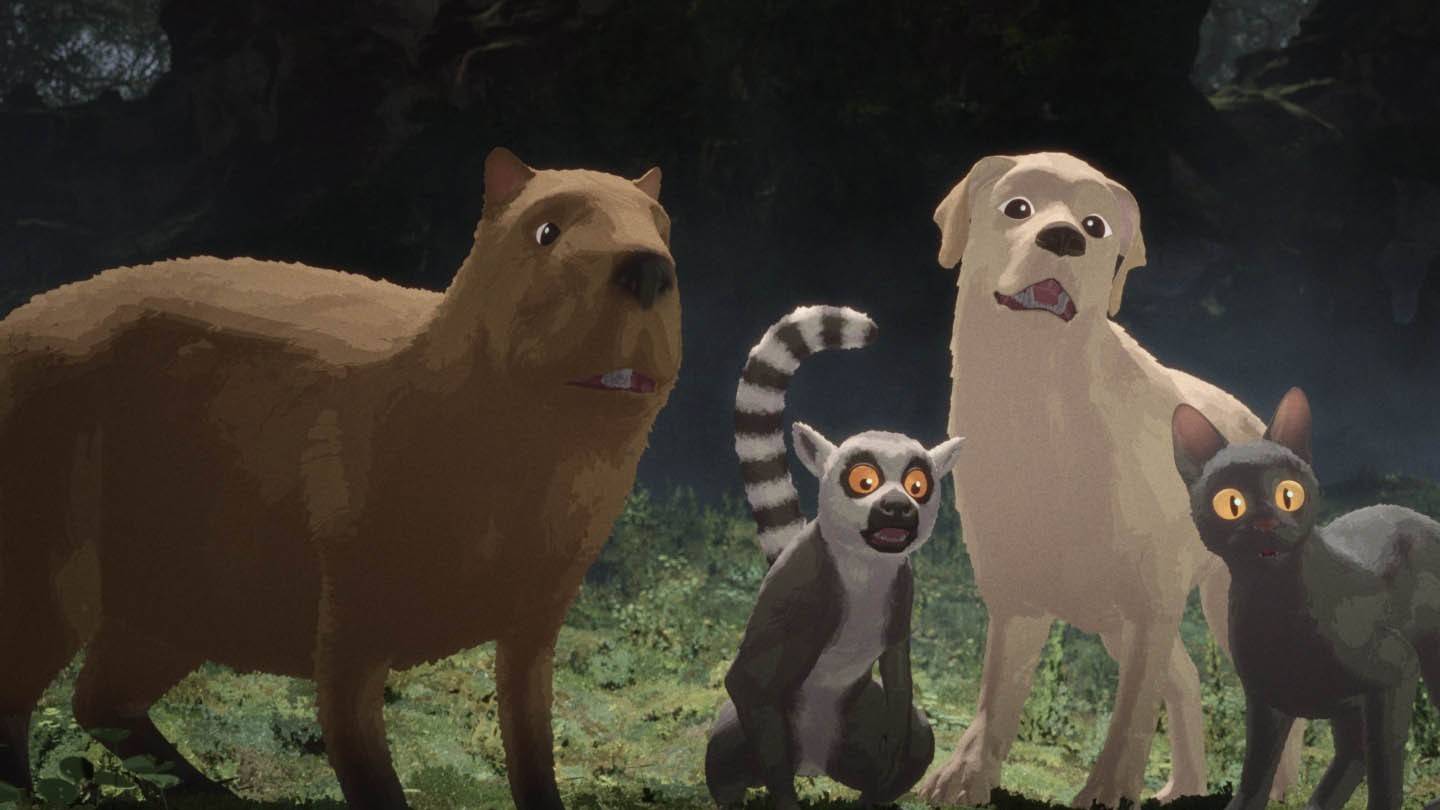
Image: ensigame.com
The mysterious secretary bird raises intriguing questions about perception and reality—whether it's divine intervention, a hallucination, or a natural leader in crisis. The open-ended conclusion leaves audiences pondering:
- Will the main characters find new ways to coexist post-flood?
- How might their relationships evolve under extreme conditions?
- What lessons about survival and community can we glean from their experiences?
This multilayered approach allows each viewer to derive personal meaning from the story.
Unique Animation Style Looks Deceptively Simple
Flow's visual style diverges from traditional animation, creating a distinctive aesthetic that enhances its storytelling. Inspired by watercolor techniques and video game design, the animation evokes a dreamlike quality that complements the film's themes. Its seamless transitions and extended shots, unlike the fast-paced edits of blockbuster animations, immerse audiences fully, creating moments of cinematic magic as the camera follows characters through expansive landscapes.
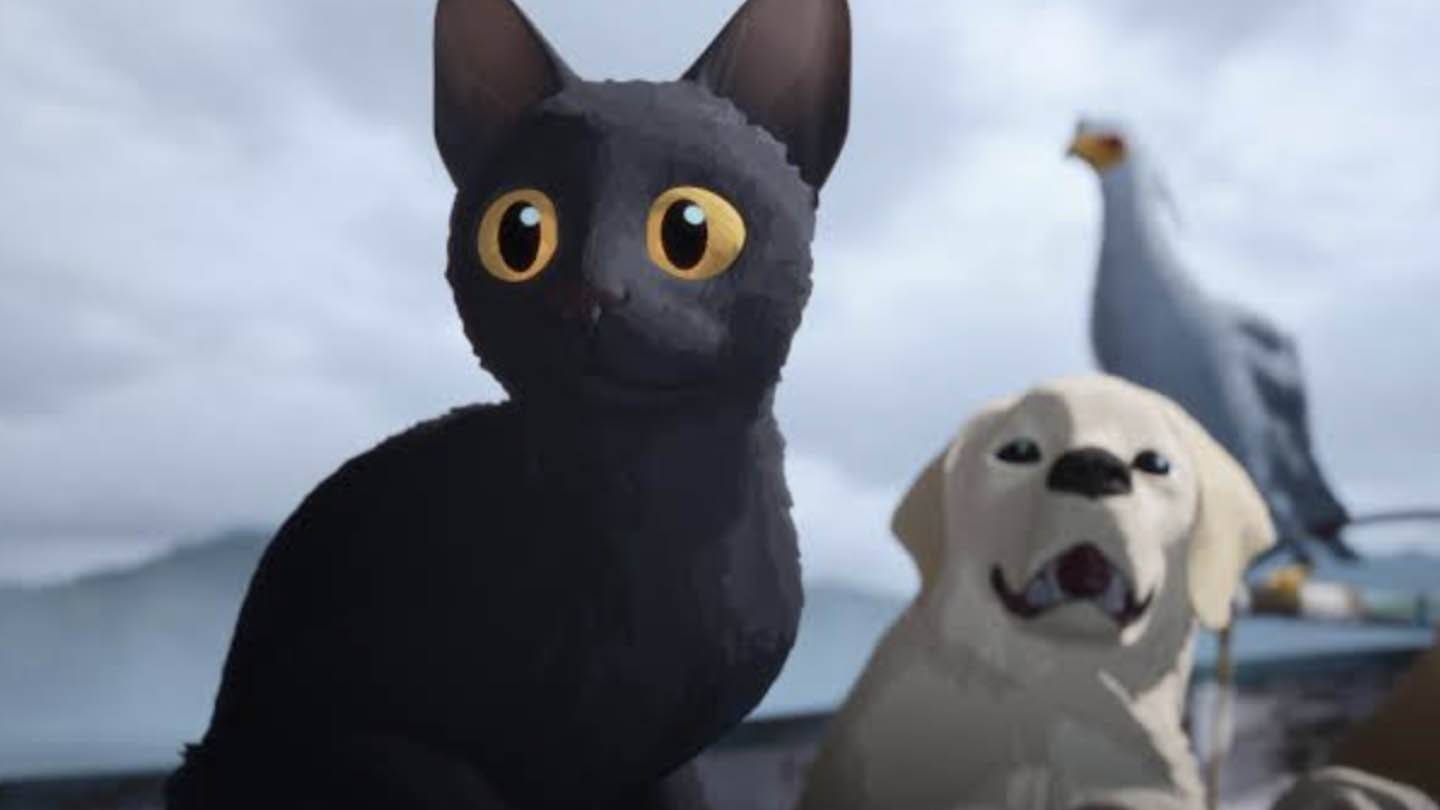
Image: ensigame.com
No Words Needed
Flow demonstrates that compelling storytelling can thrive without dialogue. Through body language, facial expressions, and natural soundscapes, the film effectively communicates emotions and relationships.
Recording authentic animal sounds presented unique challenges
The lead cat's vocalizations required covert recording methods to capture natural sounds. Capybaras, vocalizing only in specific situations like being tickled, necessitated innovative solutions involving different species. Even common sounds were meticulously crafted to align with each character's personality.
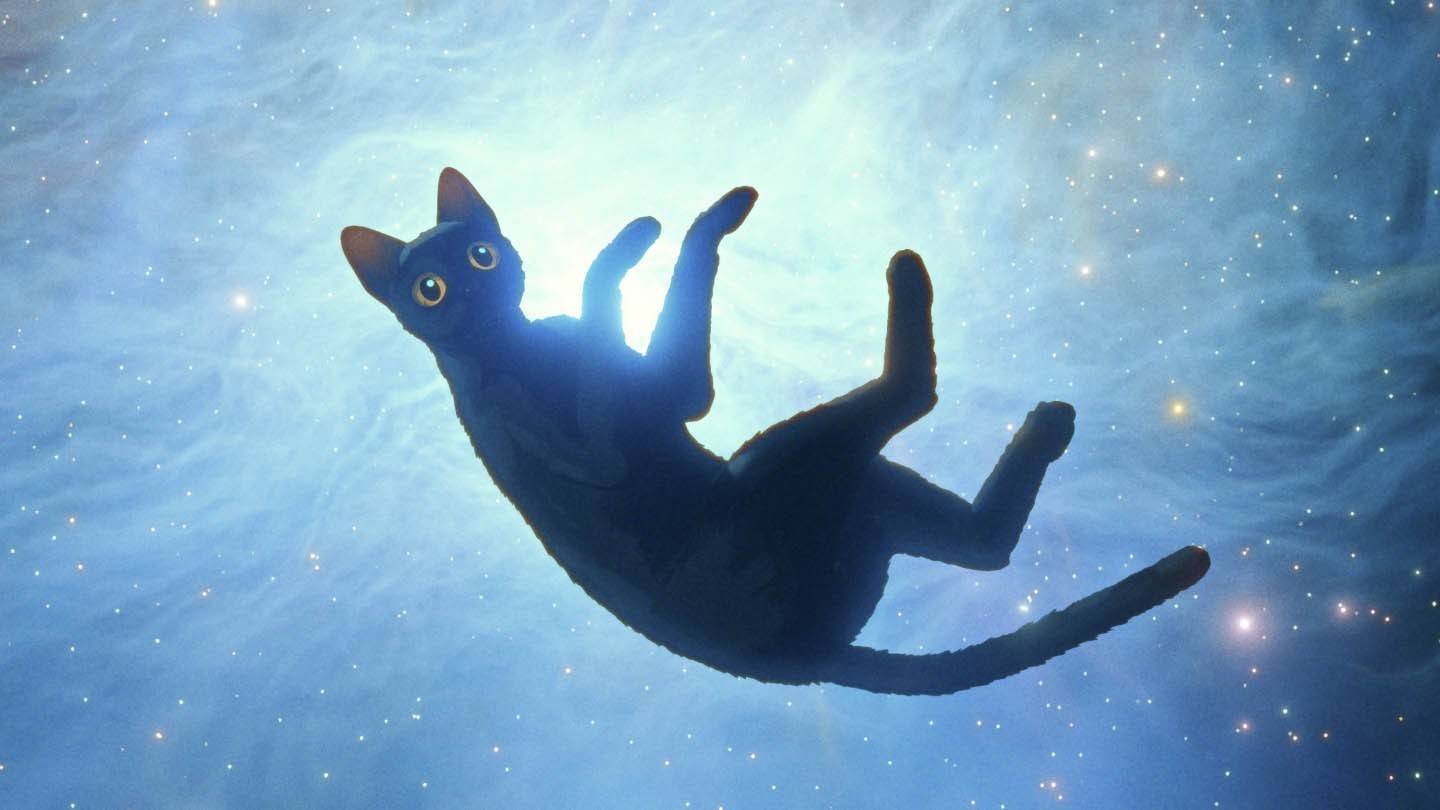
Image: ensigame.com
Critical Acclaim and Recognition
Despite its modest $3.5 million budget, Flow received widespread acclaim from industry leaders. Guillermo del Toro hailed it as "a visionary beginning for animation's future," while Bill Hader, despite his cat allergy, declared it "the best film of 2024." Wes Anderson praised its "absolute uniqueness and wild excitement." Flow's success underscores how creative vision and innovative techniques can transcend financial constraints to achieve global artistic recognition.

 Latest Downloads
Latest Downloads
 Downlaod
Downlaod




 Top News
Top News

